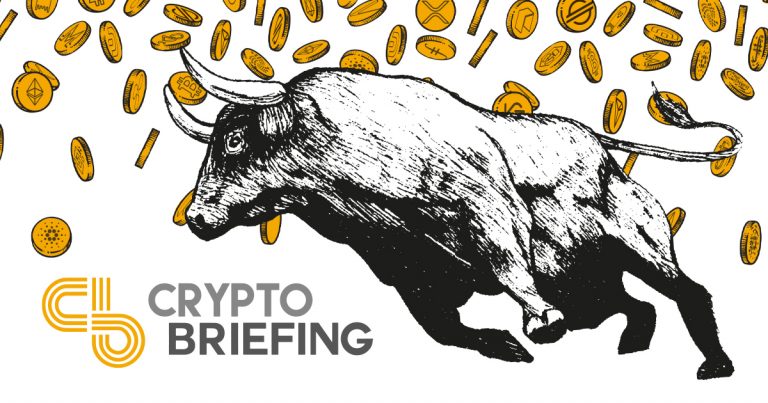
Key Takeaways
- Ethereum creator Vitalik Buterin has published a blog post outlining how Layer 3 scaling solutions could work.
- He stated that Layer 3 solutions cannot consist of stacked rollups, as this would not result in efficient data compression.
- Buterin outlined two possibilities: Layer 3 platforms with specialized functions and batch verifier contracts.
Share this article
Ethereum creator Vitalik Buterin believes that stacking rollups will not effectively scale Ethereum—but he still has some ideas about the future of Layer 3 scaling.
Buterin Questions Rollup Stacking
Layer 2 platforms are still in their infancy, but Vitalik Buterin is already thinking about Layer 3 scaling.
In a blog post titled “What kind of layer 3s make sense?”, Buterin mused on ways in which Layer 3 scaling solutions could help Ethereum process transactions more efficiently.
Ethereum’s mainnet currently has a throughput of about 15 transactions per second. During periods of high activity, users face network congestion and extremely high gas prices as their transactions cannot fit into available block space. In November 2021, users paid as much as $62.11 for a token swap—an operation that currently costs about $1.36.
Layer 2 scaling solutions called “rollups” were designed to alleviate this problem. Rollups outsource a transaction’s computational data to another chain, then post an easily verifiable cryptographic transaction proof to Ethereum’s mainnet. This allows transactions to be bundled together, saving a significant amount of block space.
Buterin previously stated that rollups could help Ethereum reach a throughput of 100,000 transactions per second. Arbitrum, Optimism, Starknet, and zkSync are all examples of rollups.
However, rollups have limitations. Buterin said in his latest blog post that rollups in their current form cannot simply be stacked on top of one another because of data compression issues.
Buterin argued that “data can be compressed once, but it cannot be compressed again.” If a second compressor provides an advantage, the logic of a second compressor usually can be put into the first compressor, he said.
Layer 3 Provides Alternatives
Instead of stacking rollups, Buterin suggested assigning different purposes to Layer 2 and its potential Layer 3s.
In this case, Layer 2 would be used for scaling. Meanwhile, Layer 3 would support other functions such as privacy-focused chains, non-EVM platforms, customized scaling solutions for specific applications, or validiums (which are another kind of rollup).
Buterin also suggested that Layer 3 systems could be created by modifying the way that rollups currently function. Some rollups, called ZK-Rollups need to verify their state root proofs (a kind of cryptographic key) themselves.
Instead, Buterin argues for a new approach involving a “batch verifier contract” that specializes in verifying those proofs. This would significantly bring down gas prices for these scaling solutions without needing to establish a full EVM system as a middle layer. In effect, ZK-Rollups would become Layer 3; there would be no need to build Layer 3 on top of them.
Buterin also said that, regardless of how Layer 3 solutions are built, they will allow sub-ecosystems to evolve within Layer 2s.
Indeed, cross-domain operations could happen without necessarily having to pass through Ethereum’s mainnet—which means transactions would become much cheaper. That would certainly be good news for Ethereum users.
Disclaimer: At the time of writing, the author of this piece owned BTC, ETH, and several other cryptocurrencies.
Share this article
This news is republished from another source. You can check the original article here

Be the first to comment